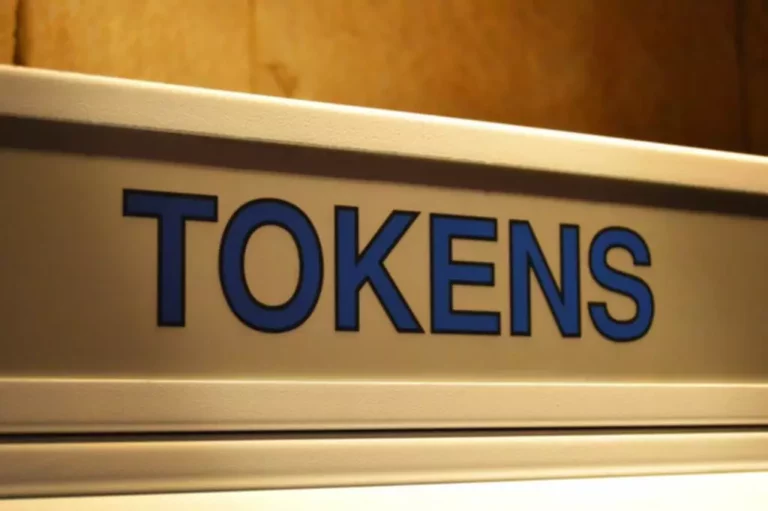A consensus mechanism is a course of by which the network individuals agree on the validity of transactions. It ensures the network remains safe and transparent by including reliable transactions only. A. Public blockchains face challenges related to restricted scalability due to consensus protocols, and high energy consumption, especially in PoW-based methods. A. Public blockchains usually use Proof of Work (PoW) or Proof of Stake (PoS) for consensus, whereas personal blockchains may employ easier and more energy-efficient mechanisms. With the rise of blockchain know-how, we’re likely to see extra variations and hybrids of these private and public blockchain two major sorts, every aiming to unravel particular challenges within numerous industries. As we transfer ahead into the blockchain period, the key to profitable adoption might be understanding these variations and choosing the proper blockchain for the best utility.
Selecting The Best Blockchain Community For Your Corporation: A Comparison Of Sorts
They are appropriate for businesses that require extra control over the network, corresponding to banks or healthcare suppliers. A public blockchain is a decentralized ledger that’s open to everyone. It is accessible to anybody, and anybody can participate in the network by validating transactions. Blockchain is a distributed ledger technology that allows secure and clear transactions with out the necessity for intermediaries.

Similarities Of Private And Non-private Blockchain

The decentralised nature of public blockchains makes transactions slower in comparability with centralised techniques. This is often a limitation in applications that require prompt transaction confirmation. But there might be a lot of sensitive data that must be strictly regulated. For instance, the date of delivery or other well being data of the kid. If we publicise them on the permissionless network, anyone can access such irreversible data.
- The use of this website and the content material contained therein is ruled by the Terms of Use.
- The distributed nature of public blockchains makes it tough for hackers to manipulate information.
- It may also be created for fixing a report with an audible chain of custody, like digital notarization and public data of property ownership.
- As extra industries adopt blockchain options, having this knowledge turns into a big advantage in the job market.
- To achieve a consensus, each node in a network should solve a resource-intensive, advanced downside (proof of work) to ensure all are in sync.
Mit Pe Know-how Leadership Program (tlp)
These validators, who’re liable for protecting the network’s integrity, are sometimes chosen by the organization that established the protocol. As a result, they are in charge of confirming transactions, gathering them into blocks, and reaching an agreement on the state of the blockchain at the moment. When selecting several varieties of blockchain for finance, factors like transaction speed, security, and regulatory compliance are paramount. Additionally, the nature of the monetary exercise performs an important position in this decision.
Solidity And Ethereum Good Contracts
This offers most decentralization and transparency however may increase the danger of malicious actors. A hybrid blockchain is a mixture of each private and non-private blockchains. It permits for higher flexibility by method of community access and offers extra control over knowledge privateness. A consortium blockchain network includes multiple organisations that jointly function and validate transactions. They have predetermined consensus guidelines and use blockchain community mining for validating and including transactions. Private blockchains provide enhanced privateness and control—essential in provide chain administration, voting, asset possession, and interbank transactions.
A consortium blockchain is ideal for business when all members must be permissioned and have a shared accountability for the blockchain. When it involves providing the best blockchain improvement services on the earth, Fulminous software program is at the prime. We have additionally labored onerous to realize the required knowledge in producing top-tier non-public blockchain options which will efficiently streamline a business’s workflow. Because we offer a high-security personal blockchain structure with shared friends, we may be the perfect solution in your private blockchain improvement needs. A public blockchain has a substantial quantity of computational energy which is critical to take care of a distributed ledger at a big scale. To achieve a consensus, every node in a community must solve a resource-intensive, complex downside (proof of work) to ensure all are in sync.

Digital Transformation For Senior Executives Program

As a lot as we see openness as a bonus, it is just one other shortcoming of the public blockchain, which suggests little to no privateness for transactions. The system is decentralized and does not have any entity which supervises or controls the network. Data on a public blockchain is secure as it’s not possible to modify or alter knowledge as quickly as they are validated. Private blockchains and public blockchains serve completely different purposes and have distinct traits.
In our instance, once the information of the total vaccinated infants is revealed, it is irreversible. Sometimes, the chances of external spies manipulating the info or the administrators fabricating the data are high. With the info decentralisation property of public blockchain technology, the network eliminates such malicious activity. It means that, as quickly as the vaccination data is entered, it’s unalterable. On the opposite hand, in a public blockchain system, anybody can join; there are no restrictions in phrases of participation.
Public blockchains, similar to Bitcoin and Ethereum, are open to anybody who desires to participate. They allow anyone to join the community, Validate Transactions, and view the Blockchain Ledger. This openness supports the decentralized nature of these networks, promoting transparency and inclusivity. The advent of blockchain has already sparked a revolution on the earth of digital transactions. As corporations adapt varied blockchain applied sciences to their distinctive needs, it’s clear that one dimension doesn’t match all. A permissioned blockchain is a kind of personal blockchain that requires permission to participate in the network.
Each verified block has a cryptographic hash that incorporates references to the earlier ones. It also generates digital fingerprints which provides an additional layer of security which is an essential component. To velocity up the transactions, there’s a set of rules referred to as a sensible contract. A good contract can define the conditions of corporate bond transfers, which include the terms for journey insurance that can be paid and lots of different things.
Moreover, private blockchains are highly scalable, permitting organizations to adjust the network measurement based on their specific requirements. They additionally supply enhanced privacy and information control, important in the finance trade and blockchain integration, notably for sensitive financial operations. It offers options to various problems like information safety, transparency, and so forth. Well, it began in 2008 when Bitcoin, the primary decentralized cryptocurrency, launched.
Both of these blockchains may be quite helpful for various enterprises. The network may be gradual, and corporations can’t restrict its entry or use. Hackers can acquire 51% of the computing energy of a public blockchain network, which may be unintendedly altered. One other drawback is that it doesn’t scale properly, and there is a matter with the network as it slows down when extra nodes be part of the community. It signifies they will process transactions extra rapidly and effectively. A personal blockchain could also be better for companies dealing with delicate knowledge, such as medical records.
Permissioned blockchains are closed, and solely the member nodes can validate the transactions. It is extremely secure, scalable, and personal, managed by a private authority. Permission is required to entry the community, which is controlled by an administrator. As the authorities can change the privateness settings of the network, it reduces the decentralisation function of blockchain network ideology. Both private and public blockchain function in an immutable manner, where the data can be added however can’t be altered or deleted. Both these types are distributed and decentralised and engage in a extra peer-to-peer format.
Disagreements among individuals can lead to forks and create many versions of the blockchain. This is as a end result of of the fact that not all nodes are required to participate in transaction validation. Authentication can be restricted to a couple nodes with more processing energy.
This pattern of blockchain has completely removed the problems that come with centralization, similar to safety and transparency. Distributed ledger know-how doesn’t store info in anybody place; as a substitute, it’s distributed all throughout the peer-to-peer community. The decentralized nature needs some verification methods that guarantee the authenticity of the data. The method is a consensus algorithm where members in the blockchain have reached agreements for the present state of the ledger.
Read more about https://www.xcritical.in/ here.

